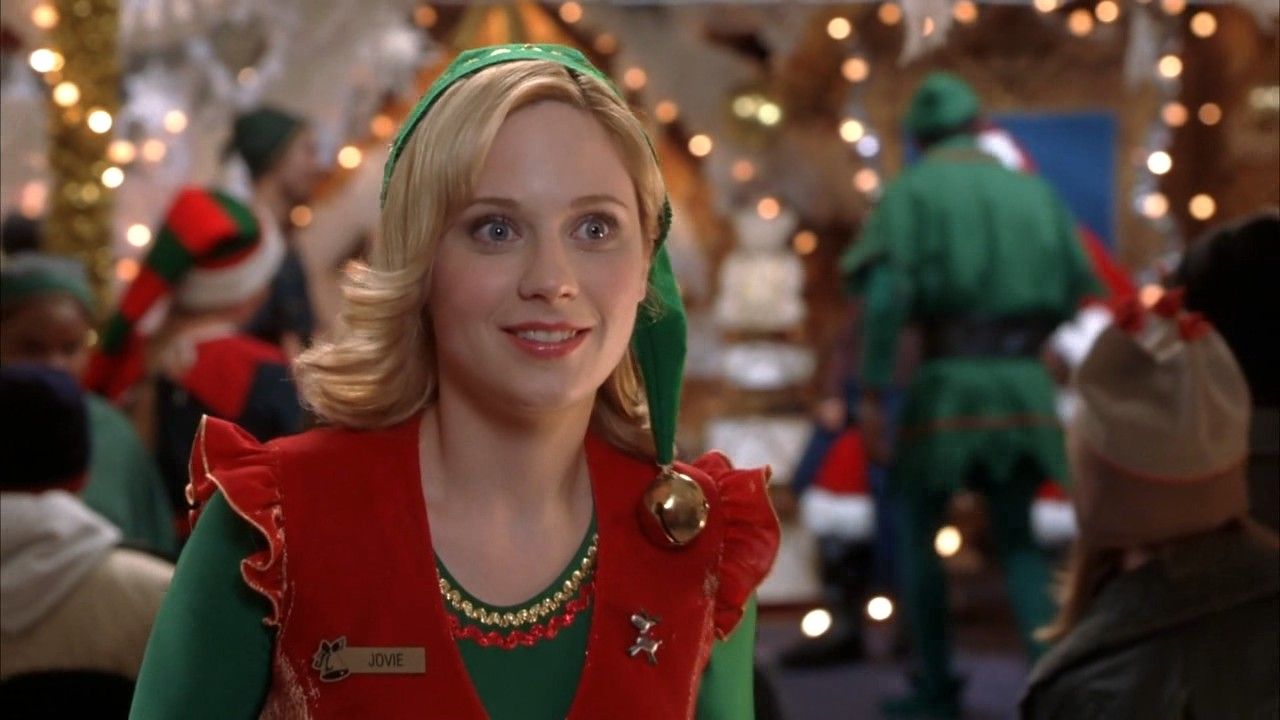6 Ways The Killing Joke Movie Improves Upon The Novel
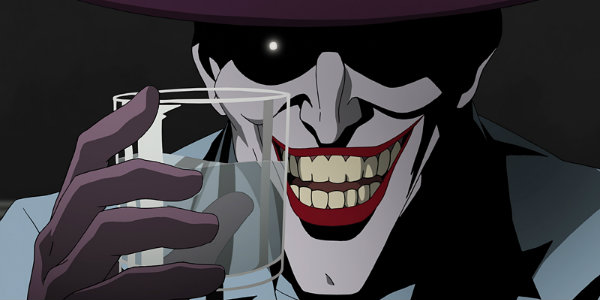
After years of anticipation, Batman fans will finally have a chance to experience a proper adaptation of Alan Moore's The Killing Joke as a bona fide movie. Plenty of films have adapted bits and piece of the material, but the upcoming film represents the first time that the iconic story will actually come to life on the silver screen. Warner Bros has pulled no punches on this one, and the filmmakers behind the project deliver a gripping, hard-R version of the legendary tale that completely honors Moore's original graphic novel.
However, despite how faithful The Killing Joke is to the source material, it also goes out of its way to improve upon certain aspects of the original story. We've taken it upon ourselves to compile a list of the six biggest ways that The Killing Joke movie outperforms its inspiration. If (and when) you finally see the film, we have a feeling you'll be compelled to agree. Now let's get started with No.1...
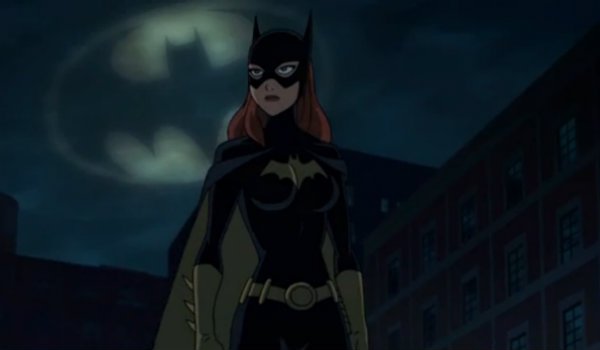
Batgirl Gets More To Do
Without question the most substantial change made to The Killing Joke comes in the way it treats Barbara Gordon a.k.a Batgirl. Unlike the graphic novel, Batgirl actually gets to suit up and kick an insane amount of ass before Joker arrives on the scene and takes her legs from her with a bullet to the spine. By giving her more to do and showing how much she actually enjoys being a hero, the movie makes her fall from grace even more tragic. Some people have taken issue with the fact that Barbara Gordon's expanded story seemingly makes her "pine" after Batman, but closer inspection reveals that her arc really revolves around weaning herself off of an addiction to the cowl, rather than gaining attention from her mentor.
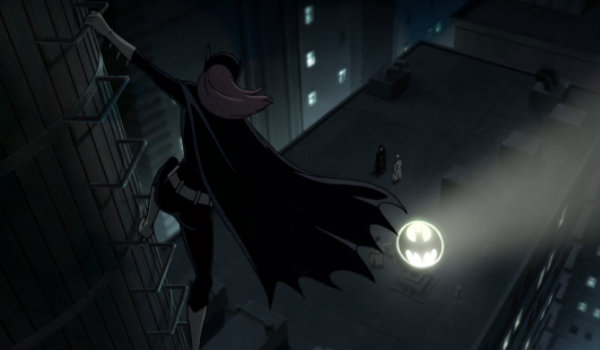
Gotham City Feels More Alive
As an incredibly insulated Batman comic book, The Killing Joke never really gives Gotham City any significant attention. The movie improves upon this by adding a sense of scope to the iconic locale that previously has been reserved for major live-action films. With a deeper exploration of the overall criminal underworld, we get a better understanding of how full Batman's hands are with this particular urban hellhole. There's one notable scene that follows Barbara Gordon as she jogs through a Gotham City park, and we as an audience get a palpable sense that Joker could be watching her from behind any tree.
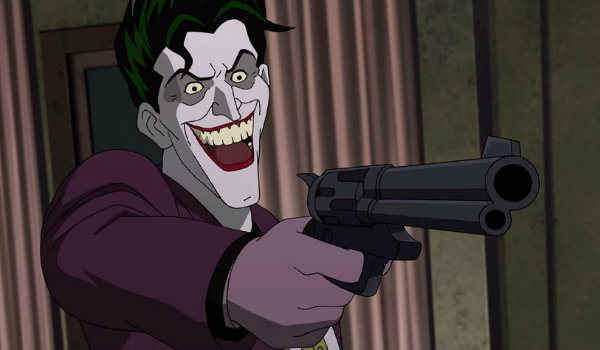
The Movie Features More Humor Than The Book Without Ruining Moore's Tone
Adding humor to a story can often backfire in epic fashion. Making an audience laugh will completely spoil the overall tone and feeling of a tale if executed poorly. The Killing Joke sidesteps those issues by injecting humor at moments that feel completely true to Alan Moore's original vision in a way that feels natural. Mark Hamill delivers all of the book's jokes with his trademark precision, but the filmmakers also let him have a few other lines not present in the original material. There's a moment towards the end of the film where Joker mutters the simple phrase "god dammit," that had my audience in stitches immediately after one of the film's most powerful scenes. Laughter is an important facet of drama, and all of the best Batman movies have recognized that over the years.
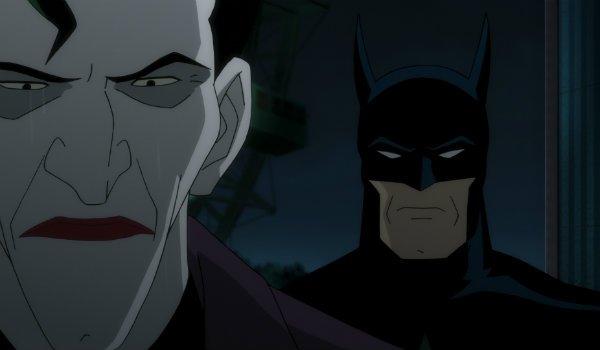
Joker Is Far More Tragic And Nuanced
Anyone who has ever read The Killing Joke will already be able to tell you that it's actually one of the sadder Joker stories ever told. The film version of the tale takes that idea even further through its impeccable animation and Mark Hamill's near-Oscar worthy performance. While most of his performance maintains the trademark manic energy that he has become known for over the years, Hamill stripped his Joker down to the core elements. What results is a depiction of a man who still seems to have a small portion of his sanity inside -- desperately aching to claw its way to the surface. Even if his story about falling into the acid didn't actually happen, it's abundantly clear that a small portion of the original Joker is still there.
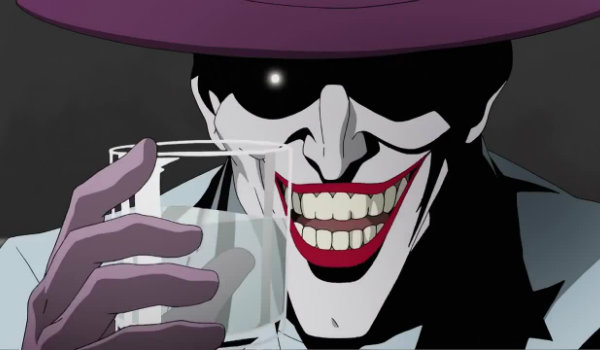
Pushing Joker's First Scene Towards The Middle Of The Story Builds Tension
Just because The Joker is a tragic figure in this movie doesn't mean he isn't still a terrifying presence. Like any good horror movie, The Killing Joke keeps its central monster at an arm's length for the first thirty minutes or so, allowing the filmmakers to flesh out the world and set up what's at stake for our heroes. When Joker finally escapes from Arkham Asylum, we feel even worse than we did in the graphic novel because the prolonged calm from the film means that an even worse storm has been brewing. If the movie had opened on Batman walking into Arkham to speak to his nemesis, we wouldn't have been nearly as committed.
Your Daily Blend of Entertainment News
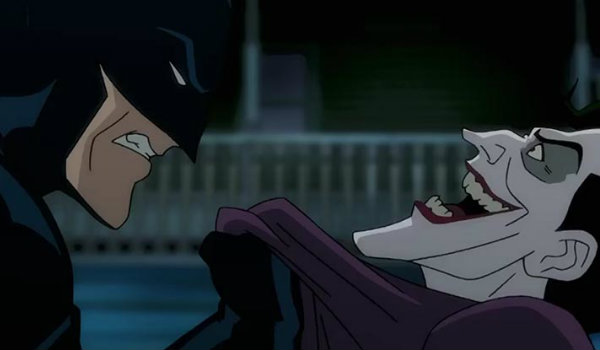
It Exists Within The Greater Batman Continuity
In many ways Alan Moore's The Killing Joke has always felt like an Elseworld Batman tale -- meaning it occurs outside of the primary continuity of the characters. These days we take the existence of Oracle and the Red Hood's dip into the chemicals for granted as being established facts of the Batman mythos, but when this book hit shelves they simply weren't. With hindsight on their side, Bruce Timm and the rest of the creative forces involve in this movie crafted a version of The Killing Joke that references other major Batman tales -- particularly A Death in the Family -- while also feeling like an incredibly grim episode of Batman: The Animated Series. It's a minor detail, but it's also one that helps to sell Batman's exhaustion when he makes his plea to Joker for peace.
Originally from Connecticut, Conner grew up in San Diego and graduated from Chapman University in 2014. He now lives in Los Angeles working in and around the entertainment industry and can mostly be found binging horror movies and chugging coffee.

